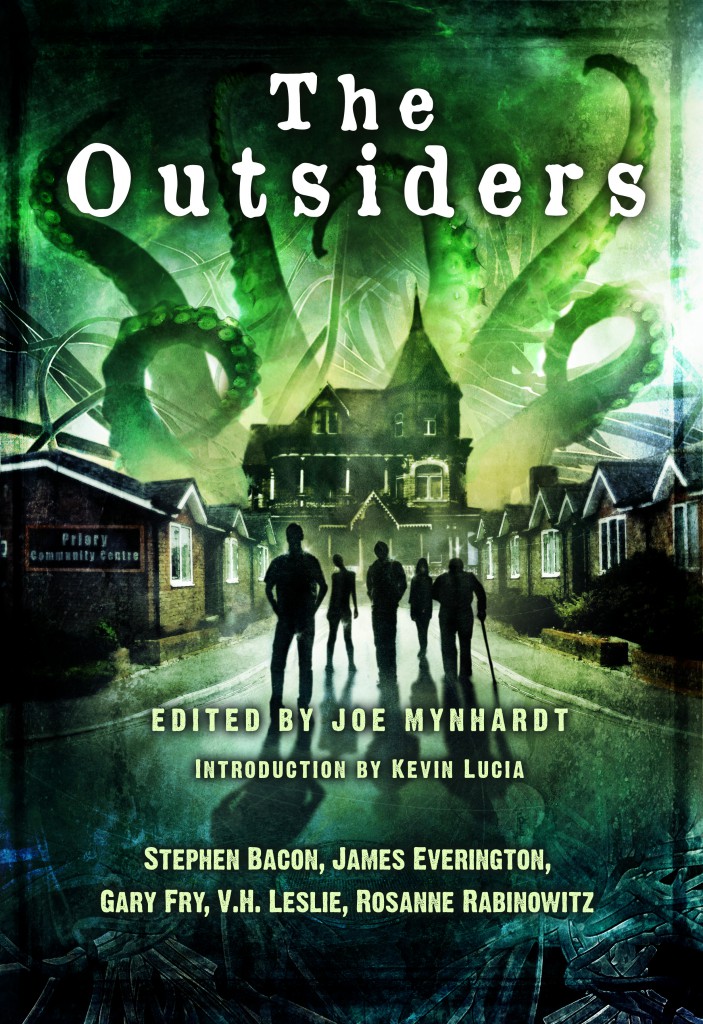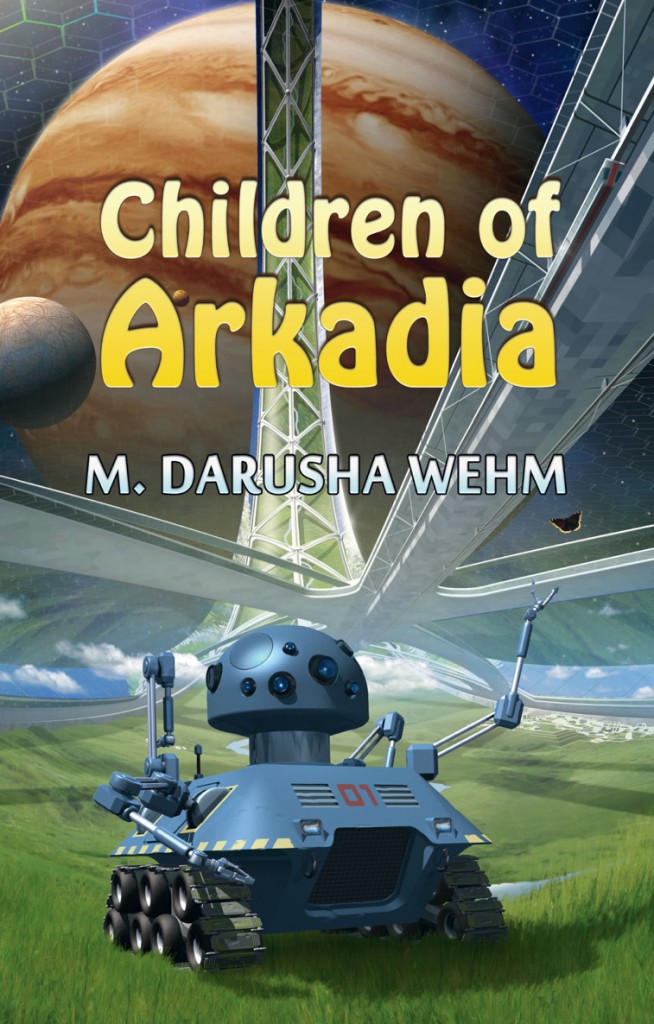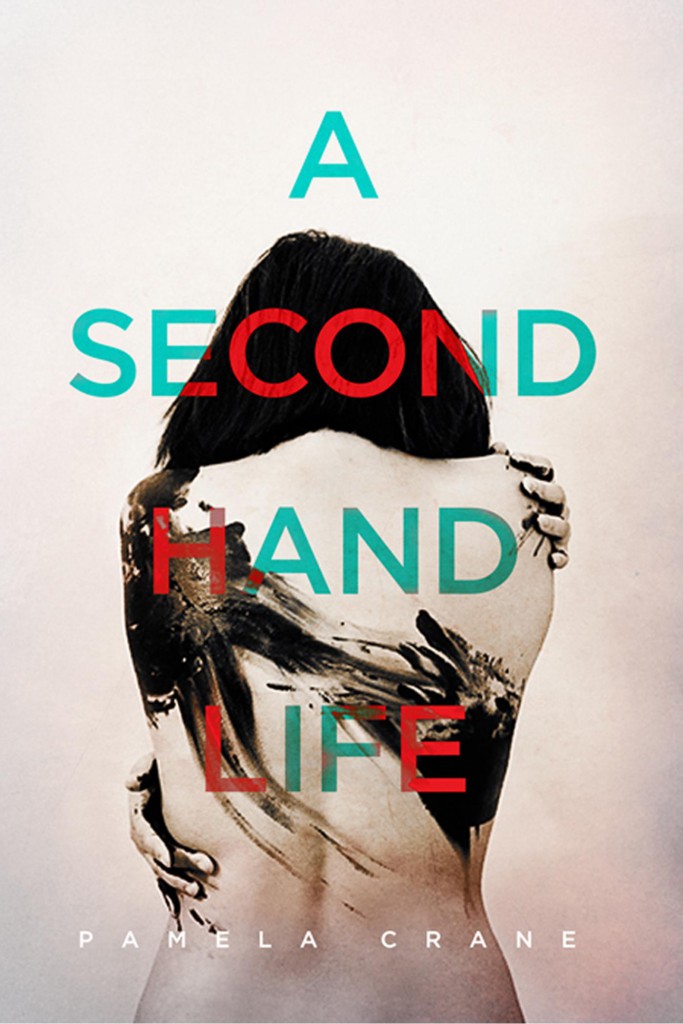This week on The Scariest Part, I’m doing something a little different. Instead of hosting the author of a new novel or collection, my guest is the editor of a new anthology. His name is Joe Mynhardt, and the anthology is The Outsiders. Here’s the publisher’s description:
The Outsiders is a shared-world Suspense Thriller / Horror featuring the gated community of Priory, with its religious leader Charles Erich and his cult followers: those who’ll do anything for him, and those who are waiting to overthrow him. Is that which slithers below true evil, or does evil reside in Priory?
Inside Priory awaits a lot more than meets the eye. The people might seem friendly, but only because their enigmatic leader Charles Erich doesn’t give them much of a choice.
The cottages inside this gated community seem simple enough, and even though what lurks beneath them is more ancient than mankind itself, can anything be more evil than the people worshipping it?
If you dare follow this UK invasion of five prime authors as they each tell their own story of the people living behind Priory’s steel gates and high walls, you’ll quickly find yourself an outsider, as well.
And now, let’s hear what the scariest part was for Joe Mynhardt:
You might be asking yourself what can possibly be so scary about editing an anthology.
Stressful? Sure.
Time-consuming? You bet!
But scary?
Then let me tell you. Three years ago I started writing a Lovecraftian story about a father and son who, after visiting the gated community of Priory on a business trip, find themselves fighting to escape the clutches of a blood-thirsty cult. I enjoyed writing the story and about my main characters, but what I enjoyed even more was how Priory started growing as a living, breathing community. Their religious leader Charles Erich started following me in my dreams, his silhouette always visible in the corner or standing at the far end of the passage.
I began to contemplate the options laid out before me, and decided to invite several authors to join me in shaping this world. I stepped down as author and into the role of editor/publisher, since I’d recently started my own little press — Crystal Lake Publishing.
And what better place to set a Lovecraftian story than a gated community with an underground church? It so perfectly symbolizes xenophobia and the need to be different, to separate or seclude ourselves from others — keeping them at a distance.
That brings me to the scary part. Writing or compiling a book about such a sensitive subject as race.
There have been a lot of opinions about Lovecraft and his viewpoint of other races and cultures. And although a lot of us are fans of his work, we are totally against his viewpoint. Some believe his viewpoint changed towards the end of his life, and although I’d love to believe that, I can’t say it with any certainty. The last thing I need is people labeling me, Crystal Lake Publishing, or our contributors, as being racist. I live in South Africa, so we’re used to being extra careful about what we do and say.
So instead of just ignoring the race issue, we decided to take it on in the collection. In Rosanne Rabinowitz’s story, a young black girl comes back to Priory years after making it out, hoping to save her mother. I don’t want to give anything away, but she plays a major role in the denouement. James Everington’s story features a female cop of color who investigates a murder linked to Priory and Charles Erich. Their race and how they’re treated by the folks of Priory and their own peers end up being huge obstacles they need to overcome.
I read a lot online about people’s viewpoints on Lovecraft, and with so many extremists on both sides, it was certainly a discussion I didn’t want to get involved with.
So what to do?
Do we scratch a project we’ve been working on for years? Or do we continue with the goal of providing solid entertainment inspired by the work and life of Lovecraft, the good and bad? This book does not take a stance, it merely comments on the world today, as good fiction does. It offers a glimpse of our time for those still to come.
Stepping aside as author and into the role of editor and publisher came with its own challenges. Spending so much time and money on a project is an investment. As a writer your story can be rejected and refined, but if a project fails, it fails. I had to find the right frame of mind to guide me through this. I had to find a balance between wanting to entertain the readers and making a profit. And let’s not forget, this is a shared-world anthology, which comes with a heap of new challenges. Talk about the mountains of madness, right?
In the end, I think it turned out pretty damn good. And what a cover!
Joe Mynhardt: Website / Facebook / Twitter
The Outsiders: Amazon / Crystal Lake Publishing
Joe Mynhardt is a South African horror writer, publisher, editor and teacher. Joe is the owner of Crystal Lake Publishing, which he started in August, 2012. He has published and edited short stories, novellas, interviews and essays by the likes of Ramsey Campbell, Jack Ketchum, Graham Masterton, Adam Nevill, Lisa Morton, Elizabeth Massie, Joe McKinney, Edward Lee, Wes Craven, John Carpenter, George A. Romero, Mick Garris, and hundreds more. Crystal Lake Publishing believes in reaching out to all authors, new and experienced, and being a beacon of friendship and guidance in the Dark Fiction field. Joe is also an Associate member of the HWA.





